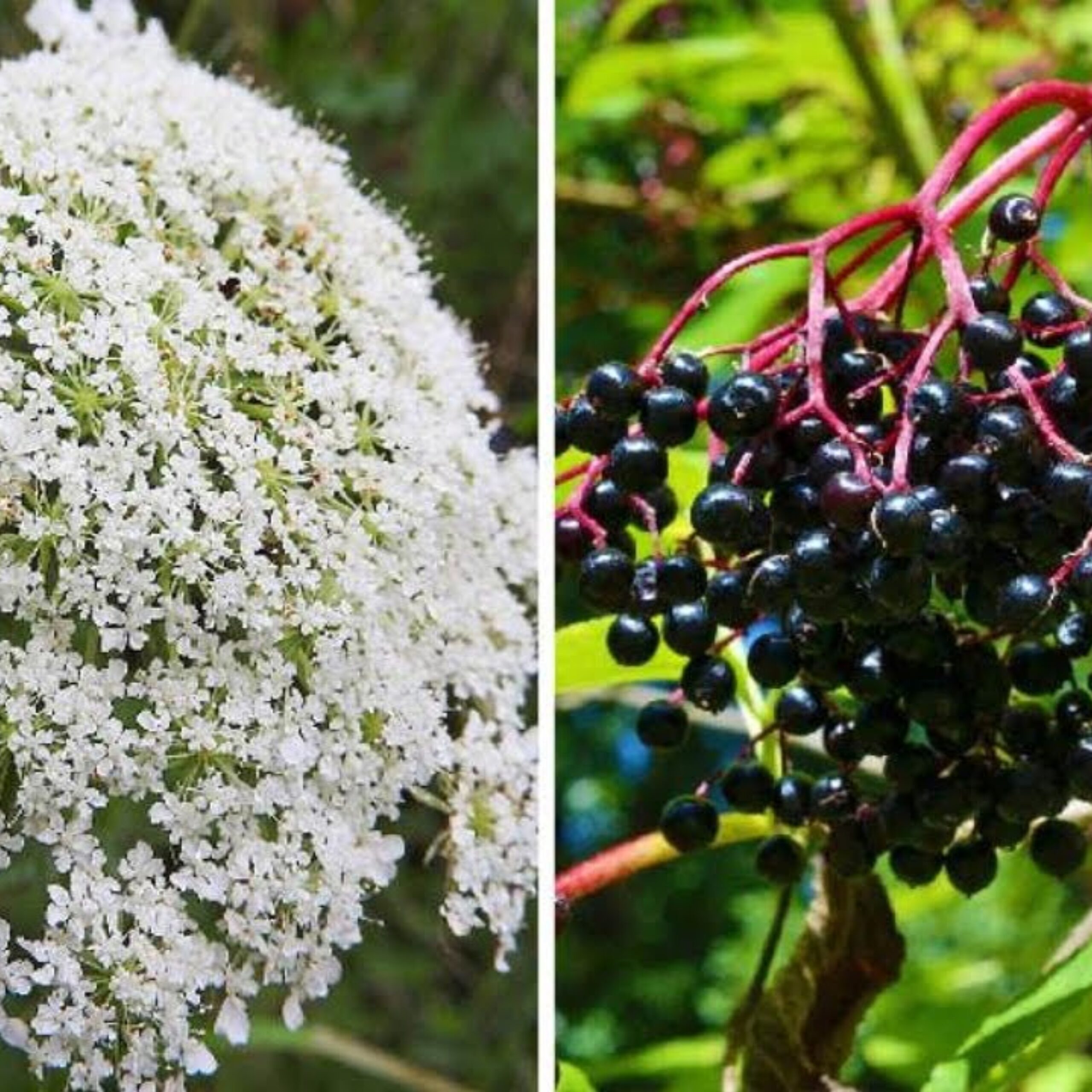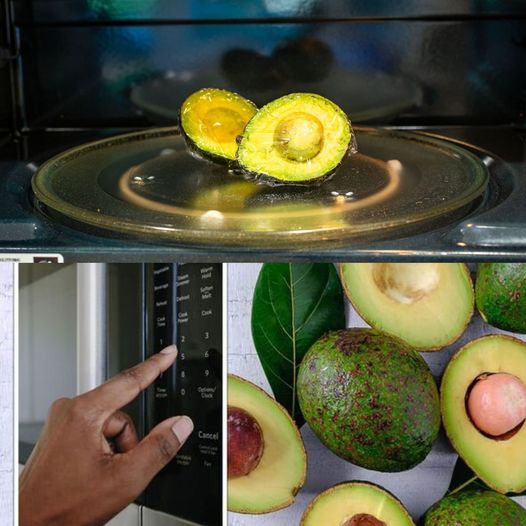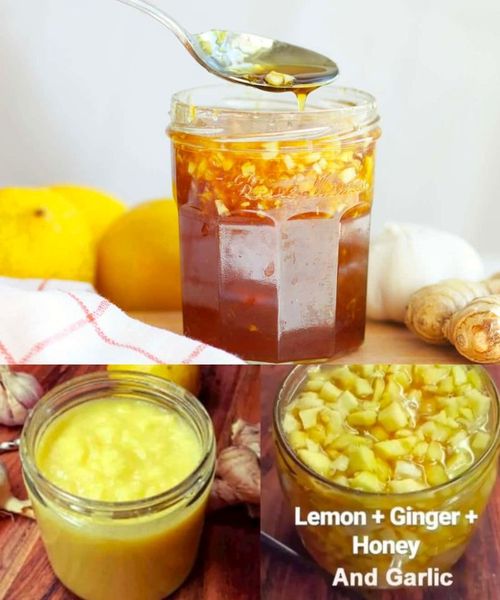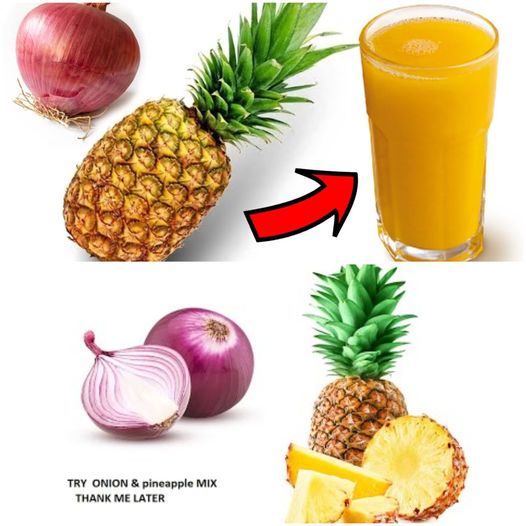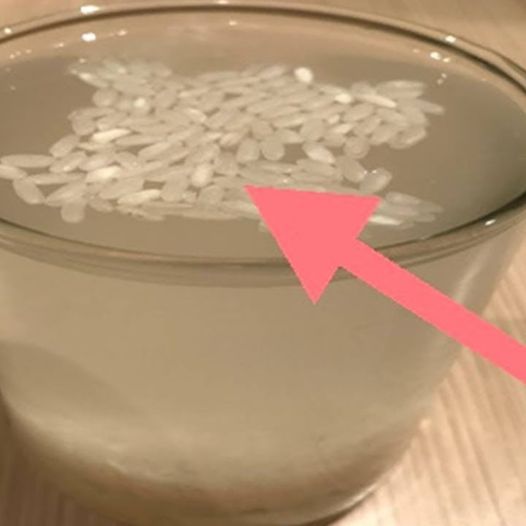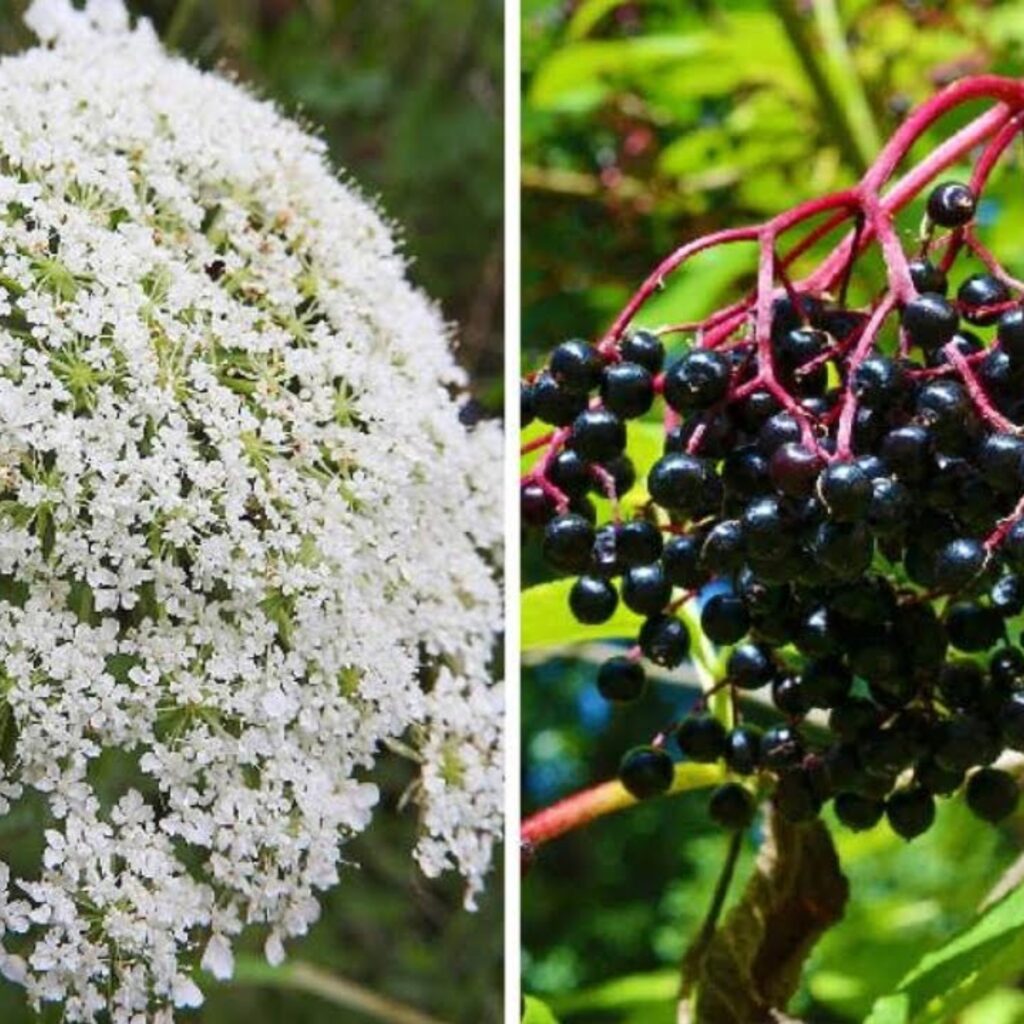
Introduction: Elderflower, known for its delicate white blossoms and aromatic fragrance, is a popular ingredient in many culinary and medicinal preparations. However, if you’re tempted to pick these fragrant flowers as soon as they bloom, you might want to reconsider. Waiting a few months before harvesting can significantly enhance their benefits. Here’s why exercising a little patience with your elderflower plants is worthwhile.
Why Wait to Pick Elderflower? Elderflowers are at their best when they are fully mature and have had time to develop their full spectrum of flavors and medicinal properties. Picking them too early in the season could mean missing out on the depth of flavor they are renowned for, which is especially important for making syrups, teas, and other elderflower-infused delights.
The Benefits of Waiting:
-
Enhanced Flavor and Aroma:
-
Mature elderflowers have a significantly stronger and more refined flavor profile. The wait allows the blossoms to develop a richer, more complex floral taste that is perfect for syrups and cordials.
-
The aroma intensifies over time, which can greatly improve the scent profile of your homemade elderflower concoctions.
-
-
Increased Nutritional and Medicinal Value:
-
Elderflowers are known for their health benefits, including anti-inflammatory and antiviral properties. These properties become more potent as the flowers reach peak maturity.
-
The concentration of bioactive compounds such as flavonoids and phenolic acids increases, enhancing the flowers’ effectiveness in boosting immune health and combating cold and flu symptoms.
-
-
Sustainability:
-
Delaying harvest allows the plant to sustain its growth cycles more effectively. Picking flowers too soon can weaken the plant over time, reducing its overall vitality and productivity.
-
By waiting, you ensure that the plant remains robust and can continue to provide blossoms for many seasons to come.
-
How to Harvest Elderflower Properly: When the time is right, usually late spring to early summer depending on your climate, elderflowers should be picked on a dry, sunny day when they are fully open and rich in pollen. This is typically about three months after the first blossoms appear.
-
Gently snip the flower heads from the branches.
-
Avoid washing them to preserve the pollen and nectar, which are crucial for flavor and health benefits.
Conclusion: While it might be tempting to harvest elderflowers at the first sign of bloom, waiting a few months until they are fully mature can greatly enhance their culinary and medicinal value. By practicing patience, you not only enjoy the heightened flavors and health benefits but also contribute to the sustainability and longevity of your elderflower plants. So next time you see those blossoms start to form, mark your calendar and plan for a fruitful harvest later in the season. Your senses and health will thank you!
